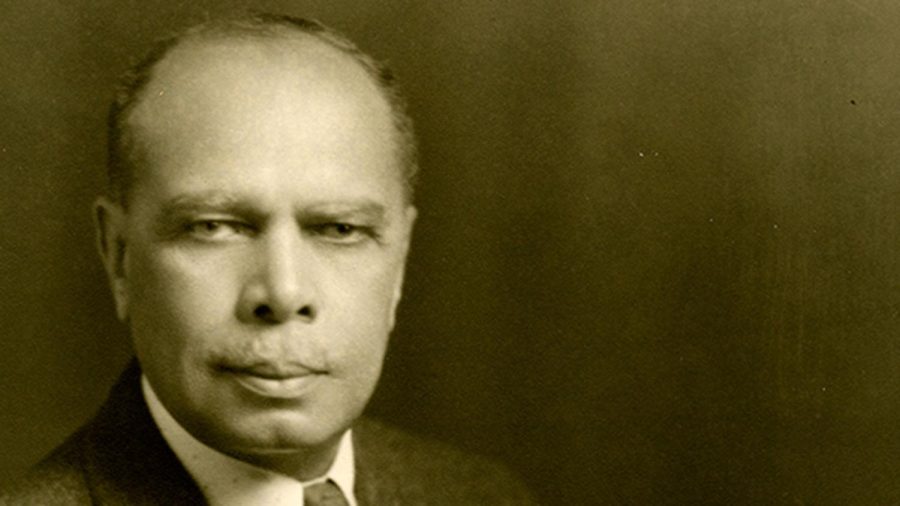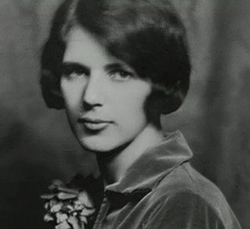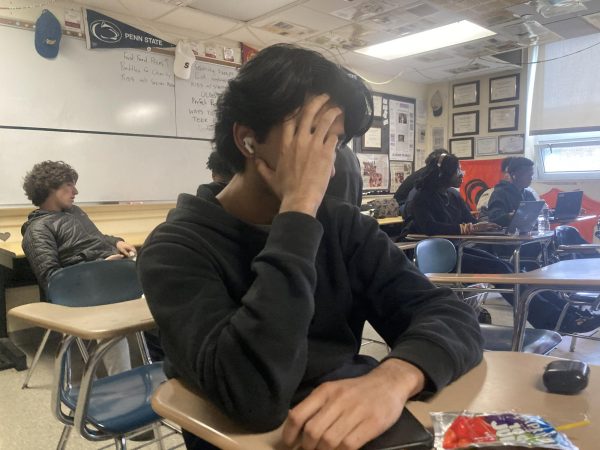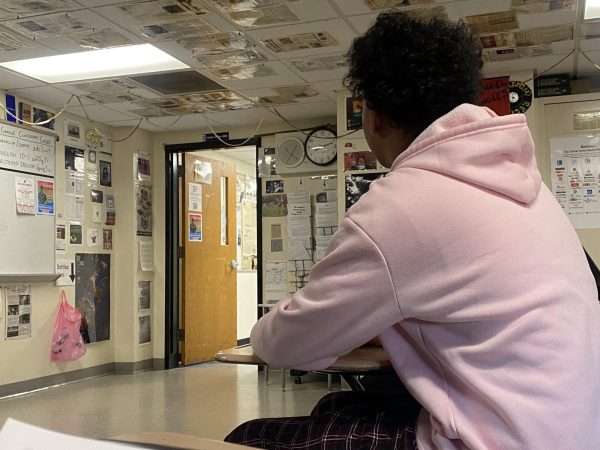“Lift Every Voice and Sing”: The Black National Anthem
February 17, 2022
“Lift every voice and sing”
This lyric happens to be the name of what is currently dubbed the Black National Anthem, “Lift Every Voice and Sing”. Similarly to the “Star Spangled Banner”, this song wasn’t originally a song. It was a poem written by National Association for the Advancement of Colored People [NAACP] leader James Weldon Johnson in 1900.
Before becoming the leader of the NAACP, Weldon was a lawyer and diplomat as well as a key figure during the Harlem Renaissance. He wrote the original poem to commemorate and deliver a hopeful message regarding the freedom and liberty of African Americans. Being that it was the early 20th century, rights for African Americans were still stifled across the country. And being that emancipation had only taken place four decades prior, there were still many atrocities befalling the first generation of free African Americans. There were also high rates of public lynchings of African Americans by white interest groups that were still in favor of slavery.
These alarming rates of lynchings didn’t go unnoticed. A group of interracial men and women, along with journalists, attorneys, and reformers would lead an effort that would be known the NAACP in 1909. And interestingly enough, Weldon would become the first African American leader of the group in 1920 – two decades after he wrote “Lift Every Voice and Sing”.
Years after “Lift Every Voice and Sing” was written, Johnson’s brother, John Rosamond Johnson, would compose music for the hymn. It was then performed for the first time by a group of 500 children as the Stanton School, the segregated school where James Weldon was principal.
“Lift Every Voice and Sing” would be one of the first songs in a line of many to spur and be used for social and inequality movement. Songs like Billie Holiday’s “Strange Fruit” and even Kendrick Lamar’s “Alright” would be associated with movements such as the Civil Rights Movement and the Black Lives Matter Movement.
Especially in the month of Black History Month, it is important to remember the vast intersections of American history. This song particularly is a reminder of the hope and resilience of the post Civil War era and Civil Rights Movement. And as such, it is an imperative for this song to be treated with the same level of respect and acknowledgement as the “Star Spangled Banner”.














